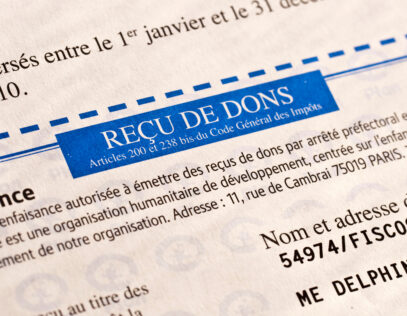Recently His Majesties Revenue and Customs (HMRC) updated the protocol for evaluating elements of risk. The six-step process is clarified in the April 2024 update of HMRC’s Transfer Pricing Operational Guidance (updated from 2017). From a practitioner perspective, this guidance offers an opportunity to reevaluate current documentation and areas that may need further development within the functional analysis in your reports.
One important aspect of the guidance is that risk must be well-defined and appropriately compensated. When any product is developed, companies, generally, are quite good at identifying the usual areas of concern, but the larger issue is the product “black swan.” Harm may occur over decades after a product has been in use—think in terms of asbestos or medical devices where potential harm is not immediately obvious. Risk can be harder to identify relative to functions and assets. Accordingly, care must be taken to appropriately examine what exists within the transaction, what may occur beyond the usual timeline, and how revenue should be divided among the participants.
The HMRC analysis is a six-step protocol:
- Identify significant risks.
- Determine who is responsible for the same.
- Determine how the parties perform and who is responsible for the management of the risk.
- Is the conduct of the parties consistent with the contractual obligations?
- Does the party assuming the risk have the financial responsibility for the same?
- Is the transaction appropriately priced according to the above analysis?
Current approaches to transfer pricing are similar—like DEMPE functions, the OECD-recommended paradigm of Development, Enhancement, Maintenance, Protection, and Exploitation, which is used to value intangible assets. Indeed, DEMPE functions are a critical element of analysis, but risk must be tempered by what occurs in the real world where even the best-laid plans can sometimes go sideways. Should the unintended occur, the final delimiter of who is at risk is reduced to a single question, “Who is writing the settlement check?”
Like all elements of transfer pricing documentation, the internal policies of the organization reflected in the functional analysis, should encompass who is responsible for what, and this should be confirmed in agreements executed between the parties. While in some areas “less is more,” when defining the potential risks within any intercompany transaction, more is more.
At a local level, reputational risk may be of paramount importance, but it is equally critical to the overall organization. This aspect of risk management may be overemphasized by a tax authority as such emphasis may be used for inherently shifting the balance of responsibility between the parties in the transaction.
All of this reinforces the basic tenant of how I typically describe a transfer pricing local file. Like a good John Grisham novel, you need to introduce the characters involved in the story, describe the environment they are acting within, and lead the reader to the logical conclusion. And remember, if you abdicate this responsibility, you are providing the auditor with a new notebook and a box of pens—and I can assure you that you will not like, let alone agree with, the rewrite.








